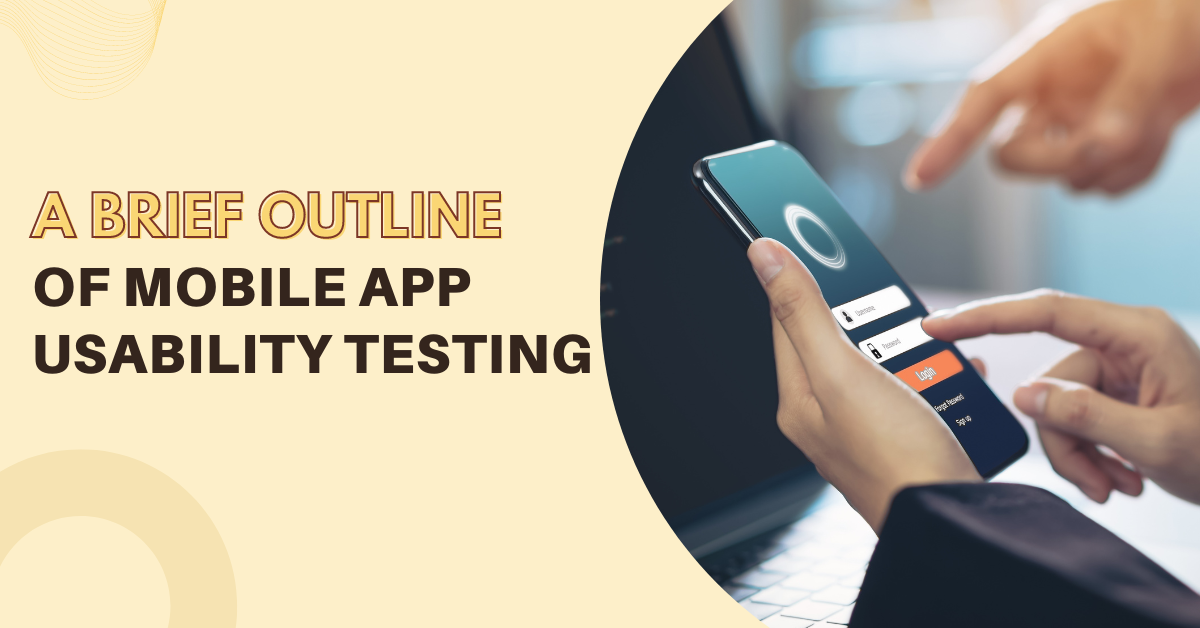
In our tech-driven world, millions of mobile apps are under circulation in different marketplaces. It will not be inordinate to view it as a paradigm shift in the purview of telecom, utility and connectivity.
However, building a successful and seamless Mobile app is far from a cakewalk. The resource, focus and enterprise demanded by such a venture are rather bulky.
Before you launch your app, it is quintessential to validate its usability. Any Automated Testing Company in Kolkata ensures the usability aspect before the official launch of an app.
In this article, we set forth to share with you a lucid guide to everything about mobile app usability testing.
Why Usability Testing: The Methods of Usability Testing
Mobile app usability testing is a method of getting end-users to interact with your apps so that you can assess their interactions and emotional reactions to the features and certain programming decisions.
Such data will enable you to tweak your apps into a more seamless, enjoyable and user-friendly experience. Making the app user-friendly is precisely the challenge of any Performance Testing Company in Kolkata.
Usually, there are six methods of usability testing. The developers may choose one over the others according to their project goals or requirements.
Moderated and Un-moderated
In the Moderated method, participants can directly demonstrate their user experience to the researchers. They interact with the mobile apps while having the researchers over telephonic communications such as Skype, Teams or Zoom.
Moderated testing though yielding more rigorous results, is costly since it requires a dedicated lab, an experienced facilitator, and reasonable compensation for the participants.
On the other hand, the un-moderated kind requires no facilitator, sufficing on participants who design test tasks in a lab of their choice. Quickness and lower cost are perhaps two lucrative sides of this method, but it, unfortunately, falls short in rigour.
Lab-based and Guerilla Testing
Lab-based testing is unanimously the most popular one. In this method, participants take part in interactive sessions. These sessions usually take place in a convenient location. UI and UX design Services utilize an on-site laboratory to perfect the app design.
Apart from the conveniences of this method, it still suffers from an unavoidable drawback. Sometimes it fails to replicate user interactions that are heavily particular to the user’s habitat or native location.
User Read Also: Why Should You Choose React Native for Hybrid App Development?
In-Person and Remote
In-person usability testing is undoubtedly more intimate and more rigorous. The method observes the participants’ emotional-behavioural and facial expressions as they interact with the app’s interface.
The researchers can apply the in-person method during lab-based research or moderate testing. The participants engage with the researchers in either offline or online mode.
Online engagement with the participants constitutes the remote aspect of the research. The remote method allows the researchers to engage with a large number of participants all around the globe. Usability Testing Company in Kolkata and elsewhere conduct both in-person and remote research according to the demands of the developers.
Remote engagement is cost-effective but less spot-on than in-person engagement.
Card Sorting
There is no match for this method in emphasizing app features and contents. Researchers tend to highlight the features of the app with virtual note cards. Participants sort those cards into groups and categories.
This process renders analytics which show user preference.
Eye Tracking
This user innovation is hands down the most innovative one. It lets you track the user’s eye movement without intervening in their flow of engagement.
Eye-tracking technology determines where on the display user’s eyes are focusing and for how long. This methodology effectively determines which features are alluring to the users’ eyes.
Session Recording
This usability testing method is real-time scrutiny of the user’s interaction with the app. Through technologies identical to screen recording, session recording allows the researchers to track user engagement at the most nuanced level.
Along with providing vital information, session recording also helps identify the potential interaction problem in the app’s interface.
Benefits of Usability Testing
Usability testing helps the development teams to identify potential bugs and errors before coding. Below are the perks and benefits Usability Testing brings with itself:
- It enables the development team to resolve issues before the official launch.
- By gathering research data, the development team can work on a possible fix.
- You can check the level of user satisfaction with your app.
- You can identify modifications necessary to enhance your UI/UX further.
- The usability test allows the users to be part of the development process.
Conclusion
Usability testing is part and parcel of an app’s development. Since it is impossible to replicate real-life usage, the Usability test is the best possible solution to meet usability goals.
Category
Featured Posts
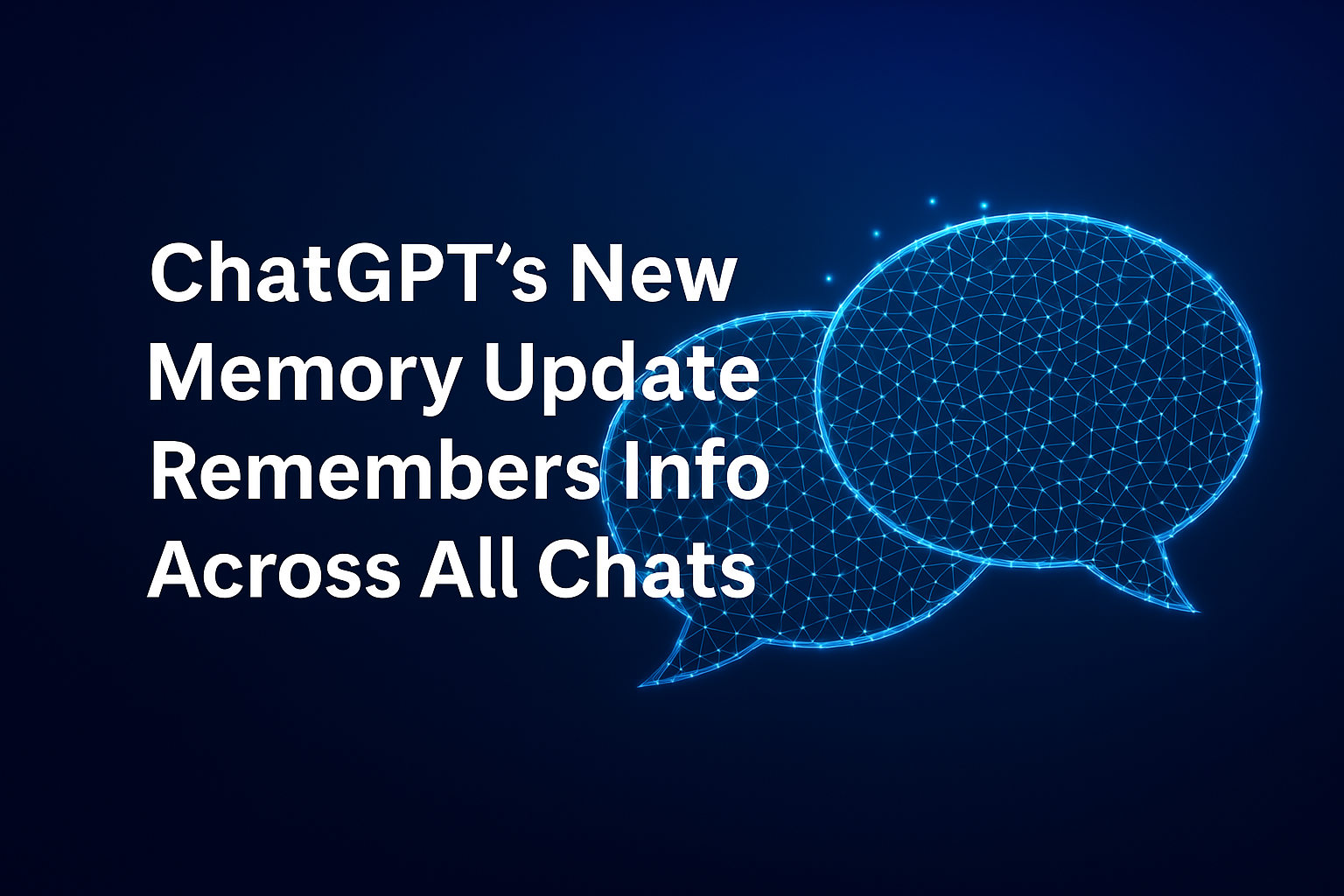
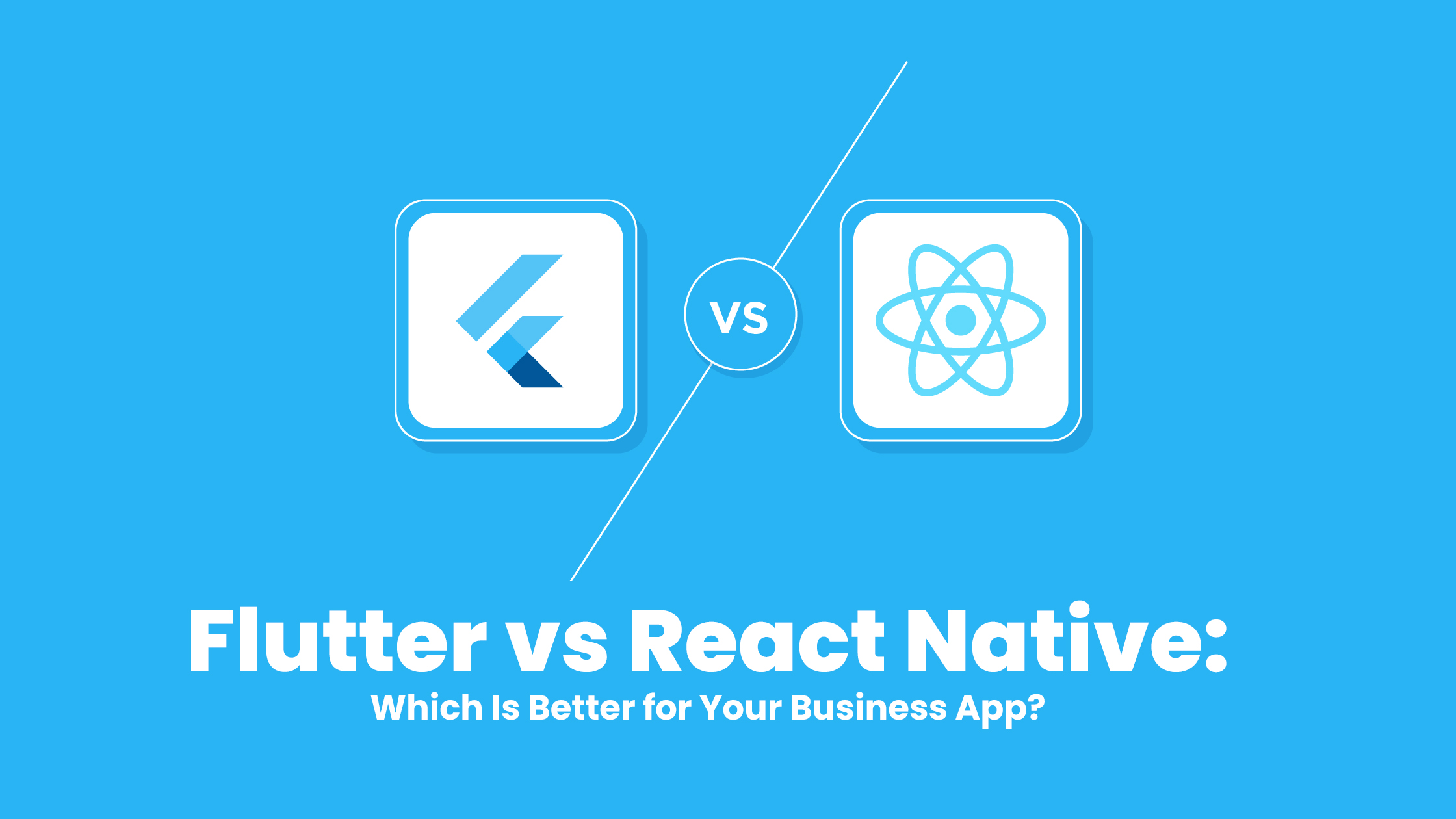



More reasons to trust us!
Excellis IT is building a skilled team in IT support, customer support, digital marketing, and back-office services for modern companies.

Excellis it is an esteemed ISO/IEC 27001:2022 certified company
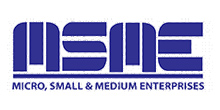
We achieved the prestigious certification by MSME in 2019

We are certified by the Central Vigilance Commission
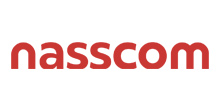
We are an honoured members of NASSCOM since 2022


